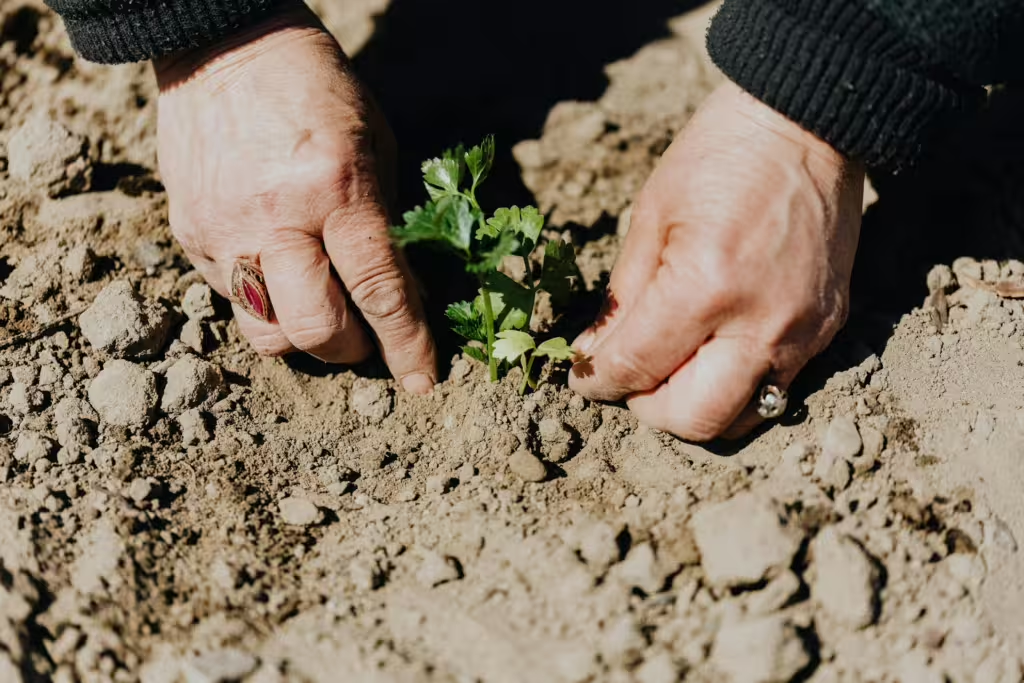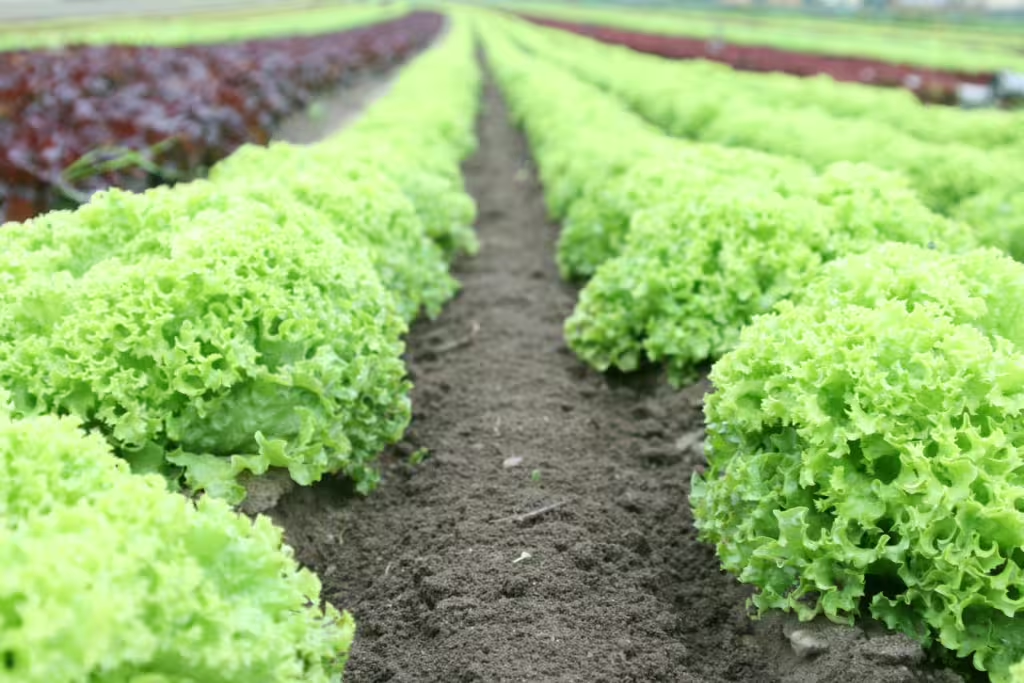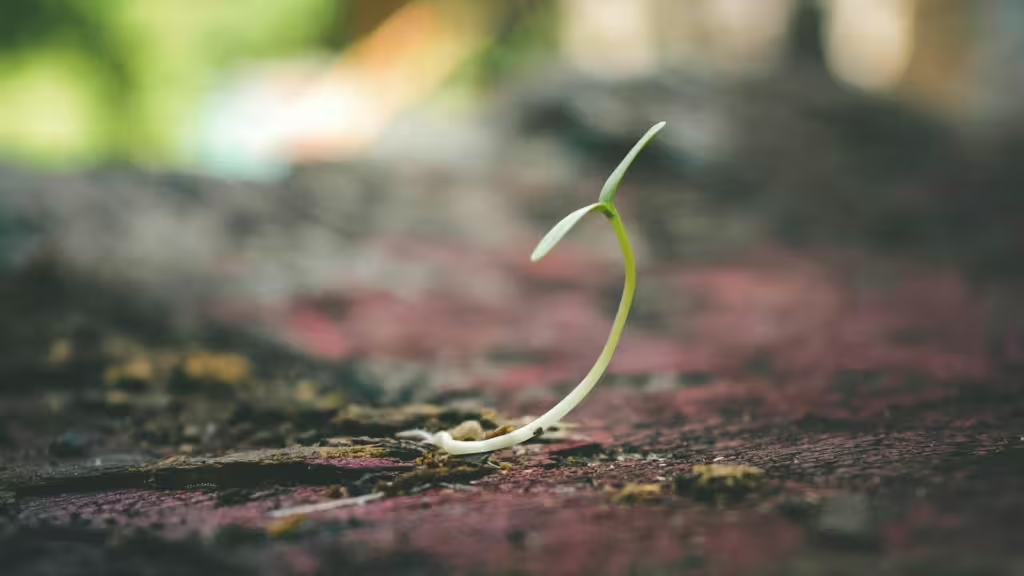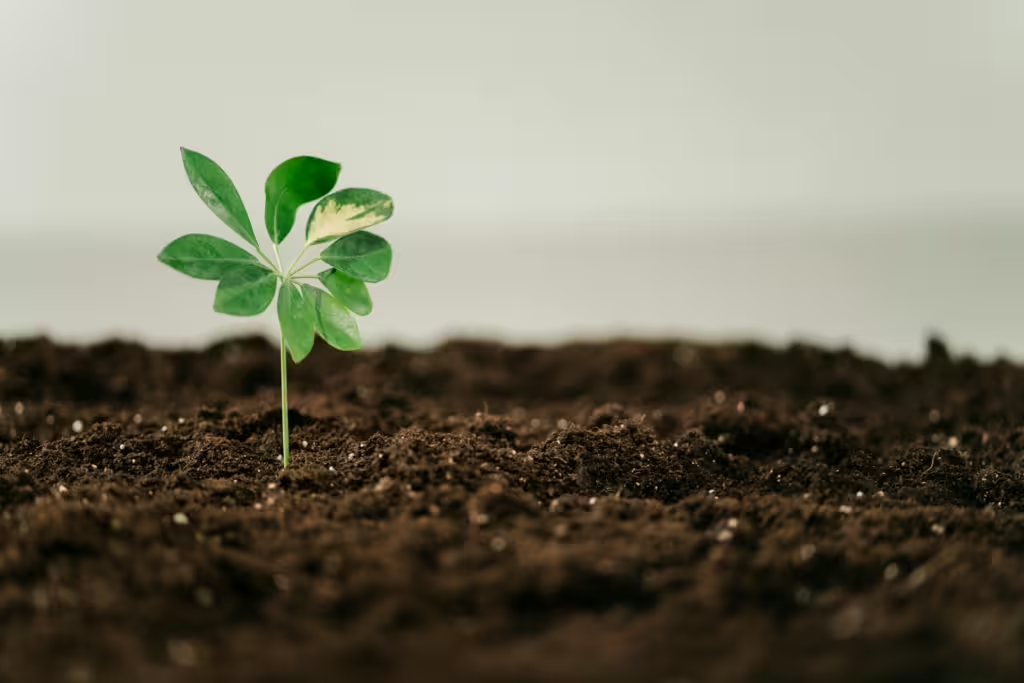Today on True Investigator, we’re looking to get down and dirty with some soil. We’re looking to give readers, the scoop, the dirt, you could say, on why soil is so important to all living things on this planet. Soil puns aside, we chose to speak on this subject because it often goes overlooked. Many of us see dirt as little more than lifeless matter, something to scrape off our shoes and beautify our garden beds. What we fail to notice—as we are hosing off our waders— is that soil is actually one of the most complex and vibrant ecosystems on the planet.
That’s right, simple dirt is actually teeming with organisms, nutrients, and hidden processes that make life possible. Without healthy soil, you wouldn’t have any vegetables on your plate, any wooden furniture, and no clothes on your back. Separate from the impact on our own lives, healthy soil literally forms the foundation of every terrestrial ecosystem on Earth.
In this article, we will take out our trowels and dig deep into the secret world of soil. We will explore what makes good soil, how underground fungal networks link plants and fungi together, and define the many reasons why the plant-soil relationship is essential for the health of our planet.

What Is Soil, Really?
To most of us, soil is nothing more than ground-up rock. It’s sometimes moist, it’s sometimes dry, but it’s always, just dirt. This common misconception represents a very narrow view about what soil actually is—a living matrix made of five essential components; not all of them rock. Those five components include:
- Minerals: This is the one part about the mass misconception that rings true. Soil does indeed contain tiny particles of sand, silt, and clay, almost all of which are derived from weathered rock.
- Organic matter: The thing many forget about soil is that it is also composed of decomposed plant and animal material. These biological bits are there to feed the microbes that live in the soil, they also help it to retain moisture.
- Water: When soil is moist, it is because of the water that gets trapped in soil pores. This water provides hydration and dissolved nutrients to plant roots.
- Air: That’s right, soil can and should be fairly oxygenated. This oxygen is stored in soil spaces and helps keeps roots and aerobic organisms alive.
- Living organisms: The various bacteria, fungi, earthworms, nematodes, and countless other miniature microbial lifeforms are what make soil such a dynamic ecosystem in its own right. Did you know that a single teaspoon of healthy soil can contain billions of microbes, as well as many kilometers-worth of fungal filaments. This invisible community of life is what makes soil far more than a collection of lifeless rocks.
Soil As A Necessity
Soil isn’t just for potting our garden tomatoes—it drives the biological wheels of many global processes. First, and likely most important to our species, is the fact that more than 95% of the world’s food comes from soil-based agricultural processes. Soil is also a vital carbon sink, reducing greenhouse gas buildup and storing carbon beneath the ground. Carbon sequestration is the one of the only natural ways that our planet has at its disposal to fight climate change. On a smaller scale, soil is a sponge for cleaning and storing rainwater and its prodigious biomass contains millions of tiny species, many of which are likely undiscovered.
The Plant-Soil Relationship
Plants and soil are partners in the great circle of life. They exist in a constant push and pull, a two-way exchange where plants feed the soil and soil feeds the plants. As plants feed, their roots release sugars, amino acids, and other compounds known as root exudates. These compound essentially feed the microbes that live in the surrounding soil. Those same microbes also feed mightily when the leaves, roots, and surrounding plants die and decompose. Their bodies becoming a part of the soil’s organic mix, which then gets brokem down to form phospohorous, nitrogen, potassium and other nutrients needed to enrich the soil.
The resultant enriched soil then feeds the plants, in turn. Good soil also retains moisture, which plant roots need to be healthy. Finally, helpful soil microbes will defend their plant neighbors from unhealthy bacteria and harmful organisms. This is what is known as a helpful feedback loop and it is a clear indication of a healthy ecosystem.
Mycorrhizal Networks And The Underground Internet
Hidden beneath the surface, mired in soil and interwoven in root networks that would confound even M.C. Escher, lies a fungal network that has inspired science, fantasy, and horror for the better part of the past few decades. These fungal networks, known as mycorrhizal networks, form one of the most fascinating partnerships that exists in nature. We have spoken of these networks before, but usually it was in regards to the fungus themselves. Today, we want to discuss how the soil makes these networks possible.
What Are Mycorrhizae?
The term Mycorrhizae refers to a specific type of fungi that attaches to plant roots. These minuscule mushrooms extend their filaments—called hyphae—deep into the soil, where they interweave or attach to nearby plant roots. In exchange for sugars produced by plants through photosynthesis, the mycorrhizae fungi deliver nutrients and water from the soil back to the plant.

Benefits for Plants
The Mycorrhizae offer a number of benefits to the plants with which they cohabitate. First among them is the fungus’ ability to access phosphorus and micronutrients that the plant roots cannot reach on their own. Thanks to the innate connection between the two, the mycorrhizae are able to impart those nutrients to the plants. The fungal networks also draw water away from the soil for a time, storing it and helping plants to survive during periods of drought. There are also some fungi out there that have the ability to shield plants from harmful bacteria.
The “Wood Wide Web”
Mycorrhizal networks are often referred to colloquially as the “wood wide web” thanks to their unusual ability to facilitate communication amongst various organisms that would otherwise be unable to communicate via conventional means. Mycorrhizae fungi are able to connect multiple plants together using these underground fungal highways. Not only do they allow trees and plants to exchange resources with the surrounding fungi, they also let them warn each other of pests, and share carbon.
Soil Microbes: The Unsung Heroes
While fungi are the main attraction in terms of soil microbes, there are yet more, countless microbes that can help shape soil health. Among these are bacteria, which decompose organic matter, fix nitrogen from the air, and suppress disease. Others include, protozoa and nematodes, which regulate microbial populations and help to recycle nutrients. Earthworms are also important for soil health, as they help with soil aeration, mix organic material, and enhance soil nutrients through their defecation and digestion.
Threats to Soil Health
Despite its importance and its ubiquitous nature, healthy soil is under threat all over the world. Erosion from wind and water has begun to wash away vital top soil, which contains the most important nutrients for many forms of plant life. Soil compaction is also a problem. Heavy machinery and human infrastructure can compress soil, reducing aeration and water flow. Pollution and chemicals have been known to harm soil, as has excess fertilizer and pesticides, both of which disrupt soil microbes and can destroy vital bacteria. Too much nitrogen-rich fertilizer can also foul the other nutrients in the soil.
Finally, we come to deforestation and overgrazing; two problems which the ever-rising human population have made a serious issue for the past several centuries. As with most of our natural resources, we humans tend to ignore that which doesn’t seem important, but which is absolutely vital to the continued health of our planet and our ecosystem.

True Investigator Says…
As you can see, what seems like an easy-to-ignore substance underfoot, is actually as vital as the coral reefs and the Amazon rainforest. Soil feeds plants, recycles nutrients, supports biodiversity, and stores excess carbon; all of these are essential for the proliferation of life on this planet. Plants depend on it to thrive and we depend on them to survive. Like so many essential ecosystems, we need to be careful about how we use and abuse our planet’s soil. Much of the soil that we depend on has already been affected by our callousness and if we do not do what we can to nourish and preserve it, we’ll all end up being that which reinvigorates it once we’re gone.
Discover more from TrueInvestigator
Subscribe to get the latest posts sent to your email.


